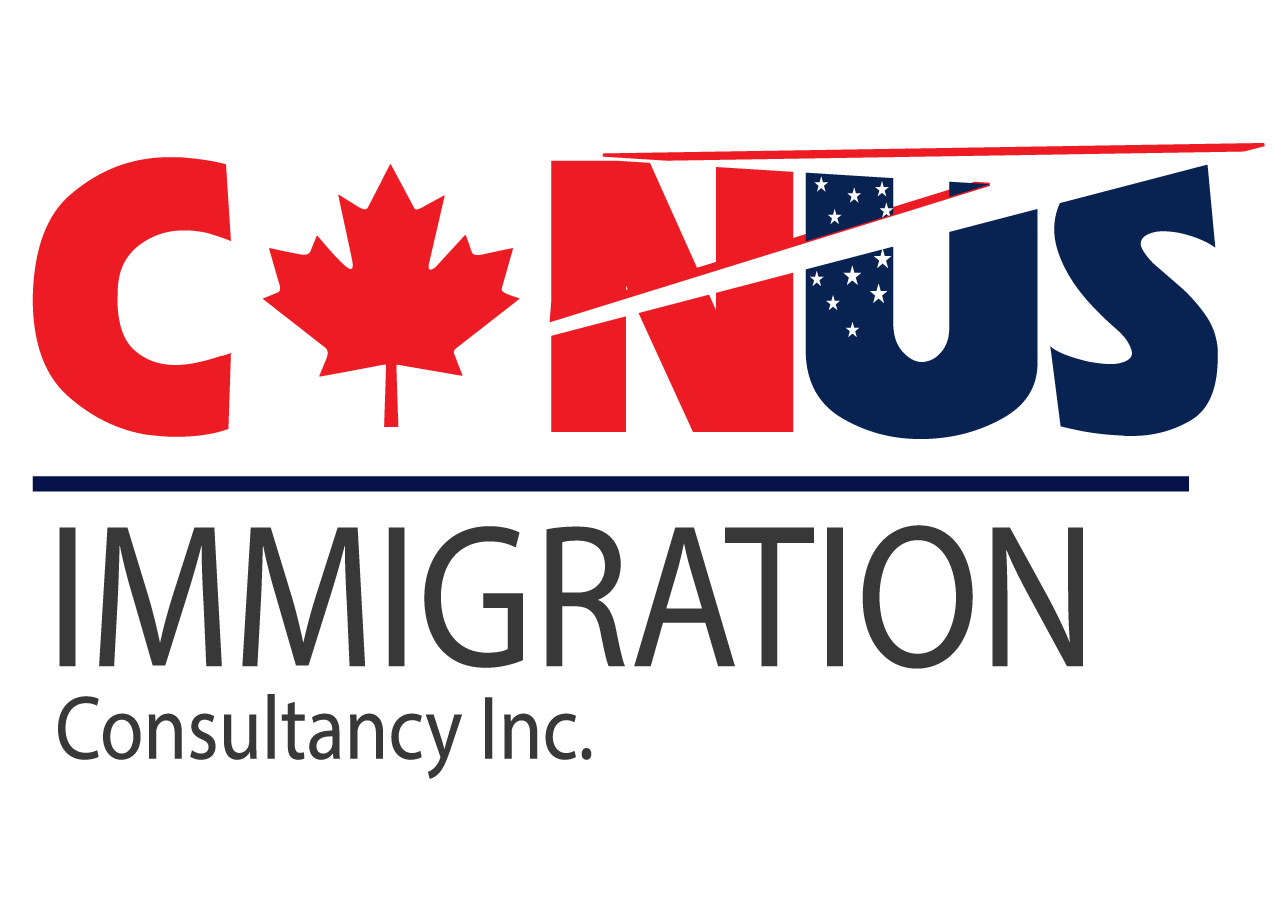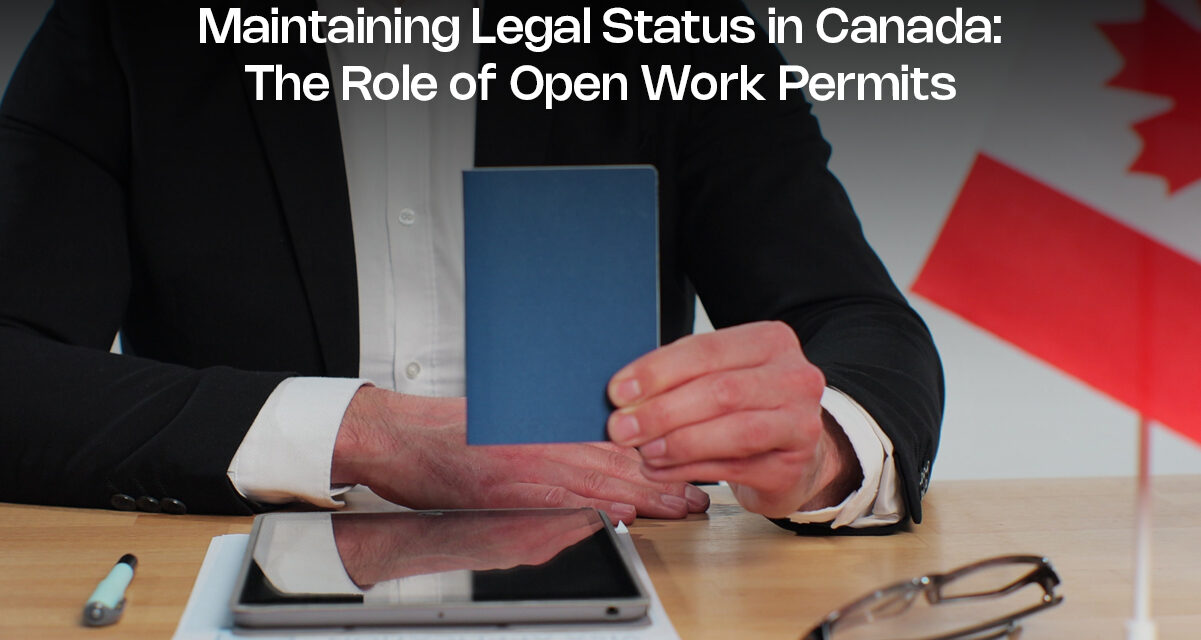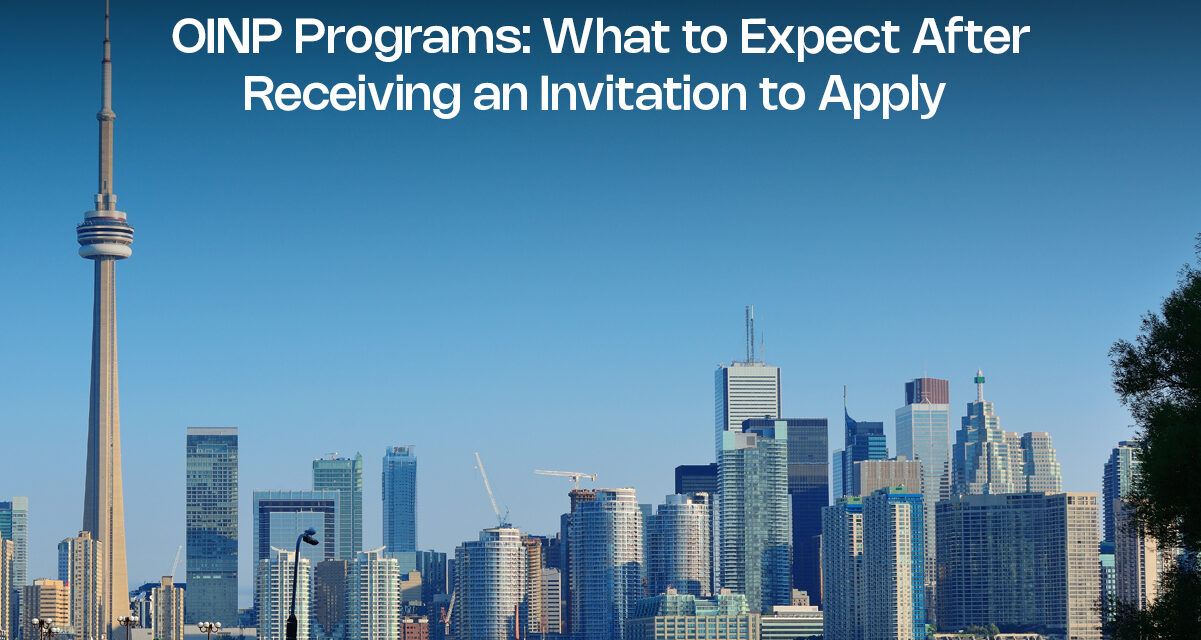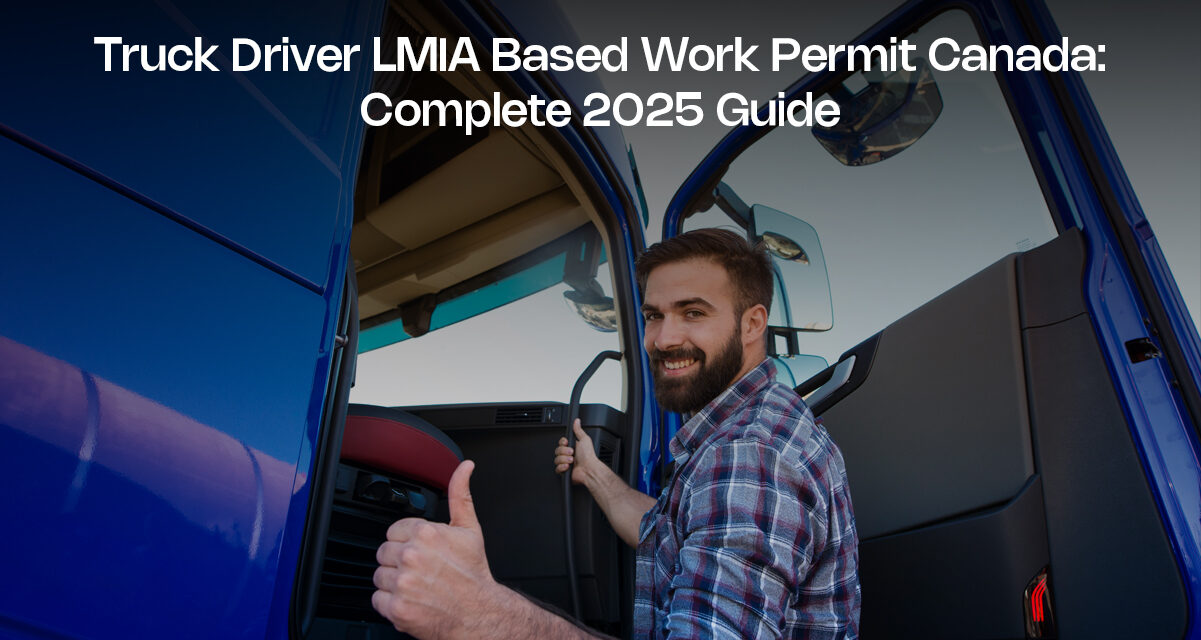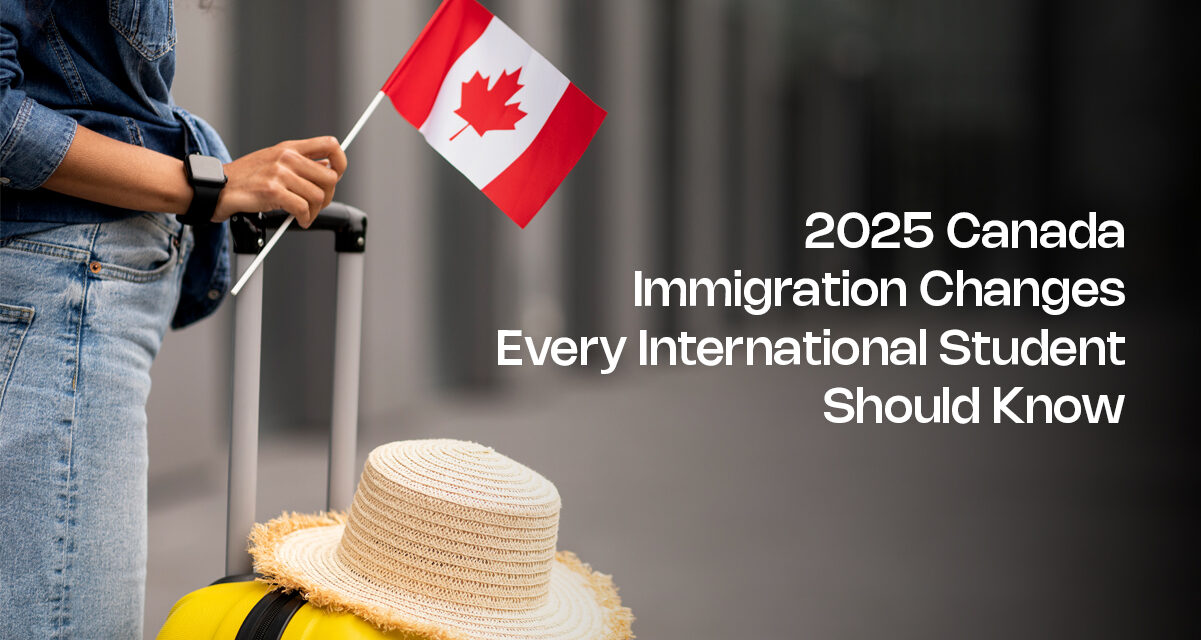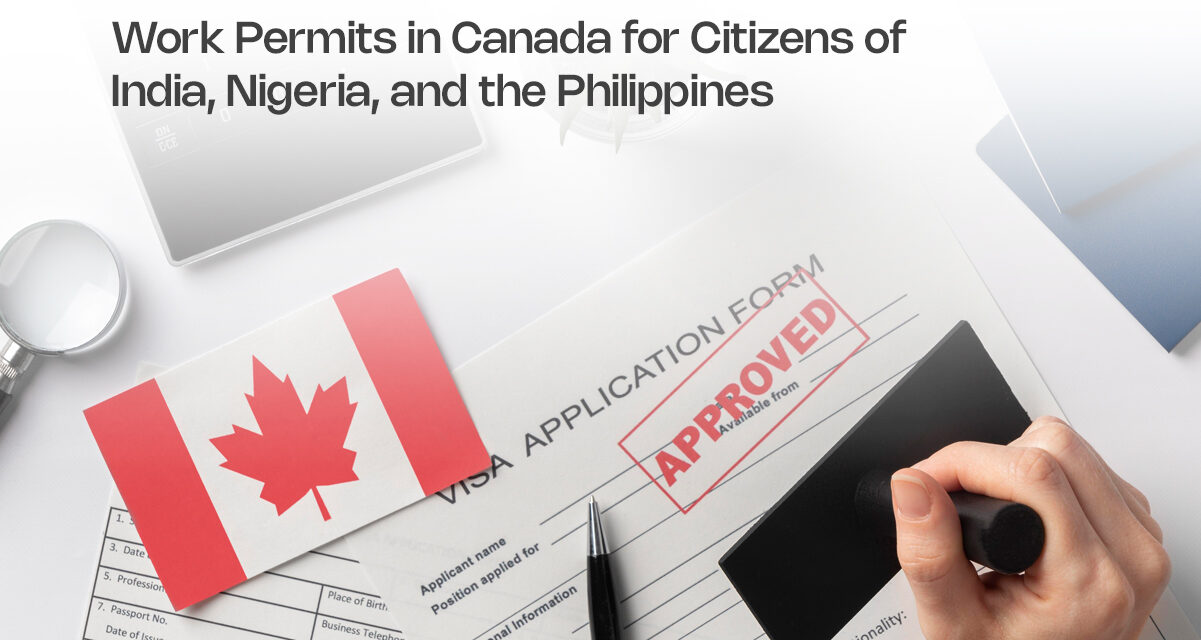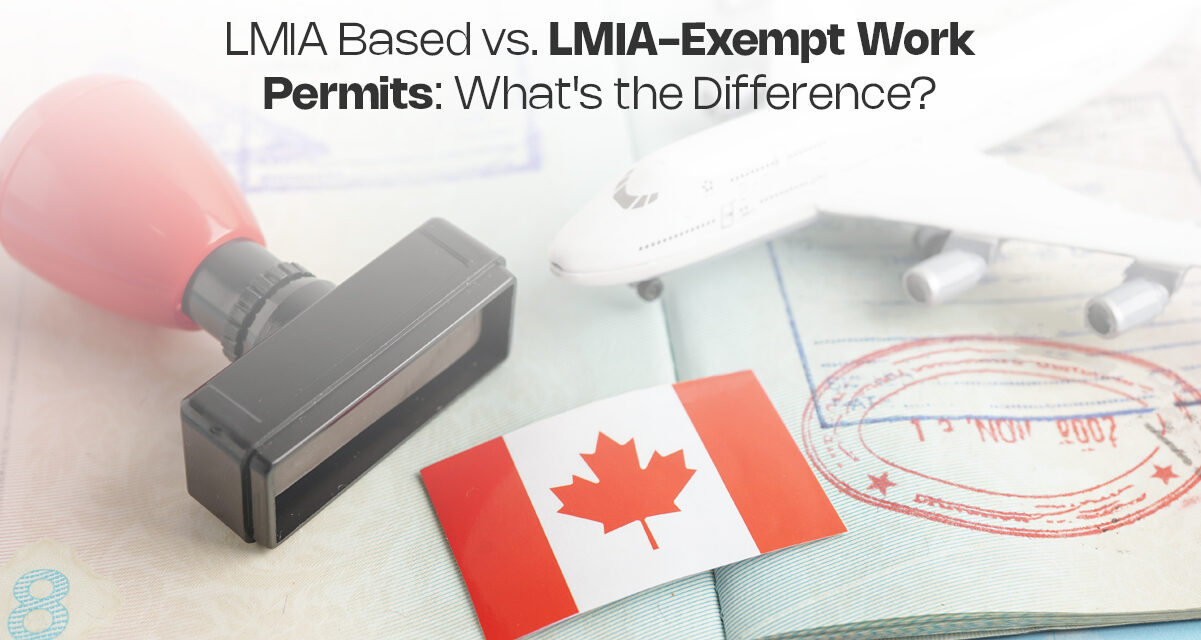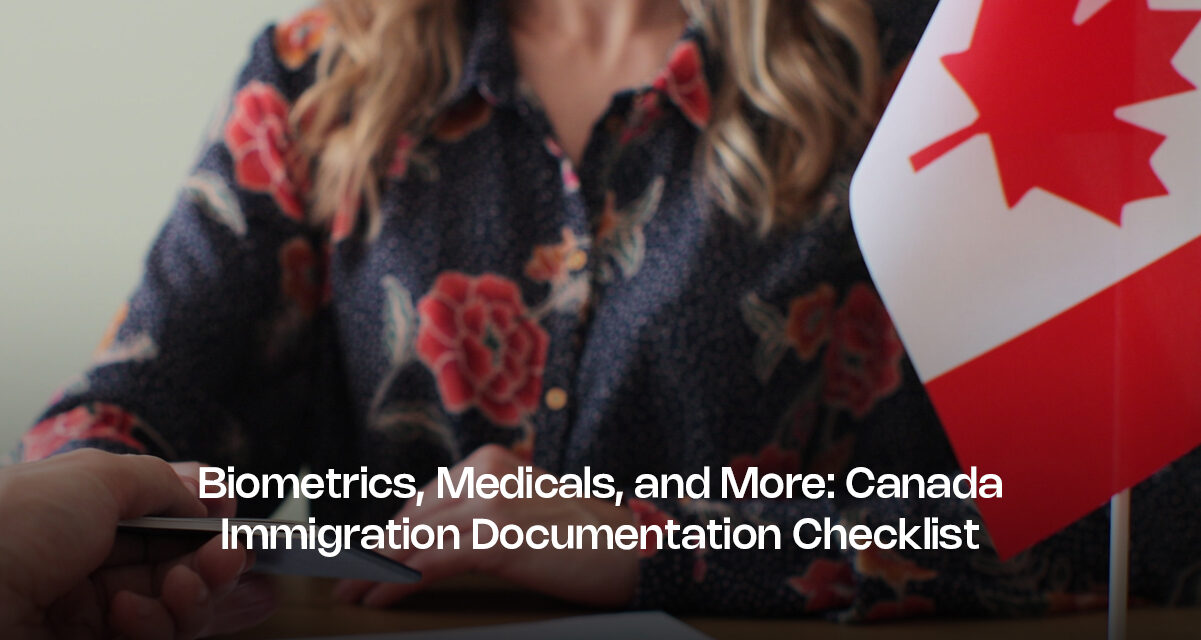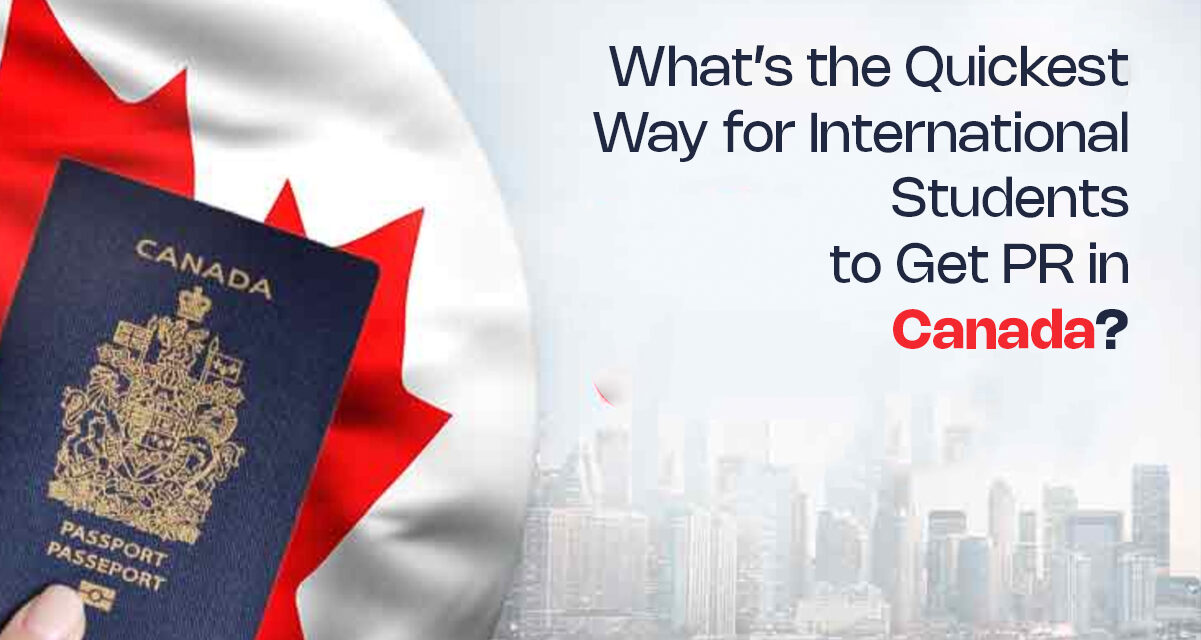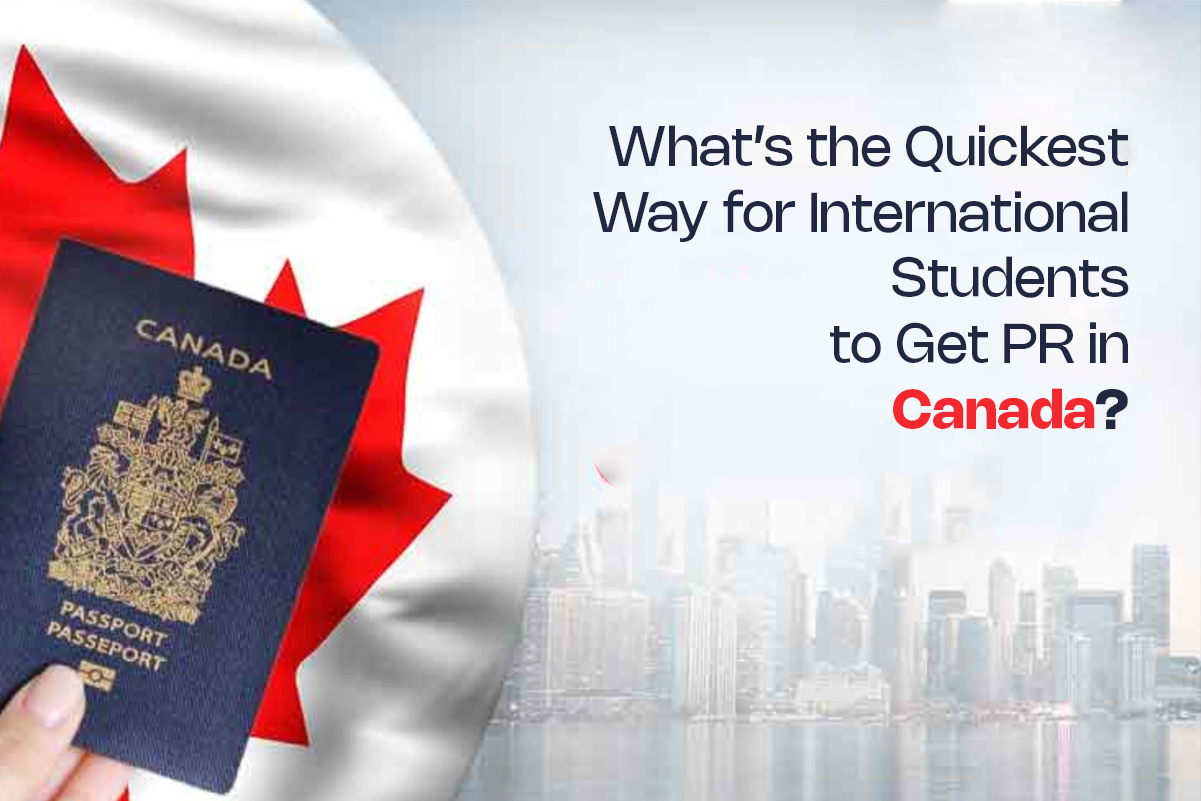Maintaining Legal Status in Canada: The Role of Open Work Permits Canada’s immigration system can feel overwhelming when you’re trying to keep your legal status intact. An open work permit stands out as one of the most flexible options for foreign nationals who want to work here. Unlike employer-specific permits, this document gives you freedom...
OINP Programs: What to Expect After Receiving an Invitation to Apply Getting an invitation from OINP programs feels amazing. This letter means you can apply for permanent residence in Ontario. You have taken a big step toward living in Canada. The invitation comes to your email. It has clear instructions and important dates. You must...
Beyond the Permit: Benefits of a Spouse Open Work Permit You Might Not Know A spouse open work permit is like gold for new immigrants. You think it just lets you work. But it does so much more than that. Most people miss the big picture. They get the permit and find any job. Smart...
PR for Truck Drivers in Canada: Provinces Offering the Best Opportunities Canada needs truck drivers. The country has over 55,000 empty driver jobs right now. This creates great chances for skilled drivers worldwide. Truck drivers keep Canada moving. They carry food, goods, and products across the country. Without drivers, stores would be empty and businesses...
Truck Driver LMIA Based Work Permit Canada: Complete 2025 Guide Canada needs more truck drivers. The country has thousands of empty trucking jobs right now. This creates great chances for drivers from other countries to work here. Getting a truck driver LMIA based work permit Canada gives you a real path to work legally. Many...
2025 Canada Immigration Changes Every International Student Should Know Canada changed its immigration rules big time in 2025. These changes hit international students hard. If you’re planning to study in Canada or already there, you need to know what’s happening. I’ve been tracking these updates closely. Here’s what every international student must understand about the...
Work Permits in Canada for Citizens of India, Nigeria, and the Philippines Your engineering degree from Nigeria could be your ticket to a $80,000 job in Calgary. Your nursing experience from the Philippines might land you in a small Canadian town that desperately needs healthcare workers. Your IT skills from India could open doors to...
LMIA Based vs. LMIA-Exempt Work Permits: What’s the Difference? Working in Canada sounds exciting, right? But first, you need the right work permit. Many people get confused about which permit to choose. Canada offers two main work permit types. Some need LMIA approval, others don’t. Each type has different rules and benefits. Picking the wrong...
Biometrics, Medicals, and More: Canada Immigration Documentation Checklist Ever wondered why some people get their Canada immigration approved in months while others wait years? The secret isn’t luck – it’s knowing exactly what documents you need and when to submit them. This guide breaks down everything you need, from biometrics to medical exams. Whether you’re...
What’s the Quickest Way for International Students to Get PR in Canada Are you an international student who wants to stay in Canada? You can turn your student status into permanent residency with the right plan. Each year, Canada welcomes thousands of former students as new residents. This is because students like you fit well...
